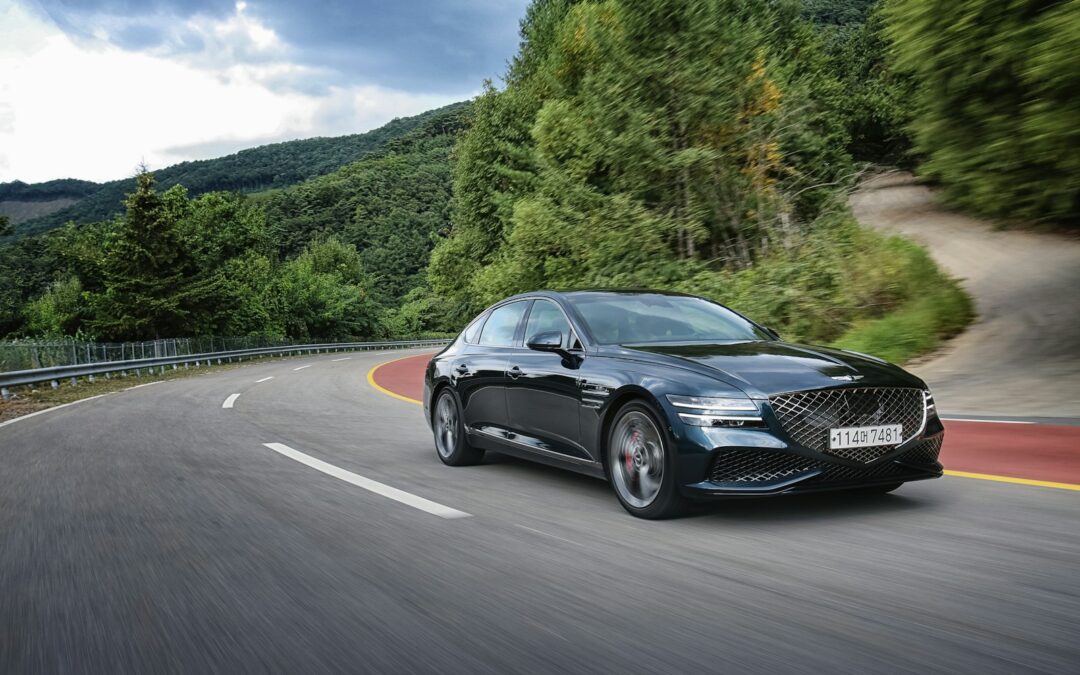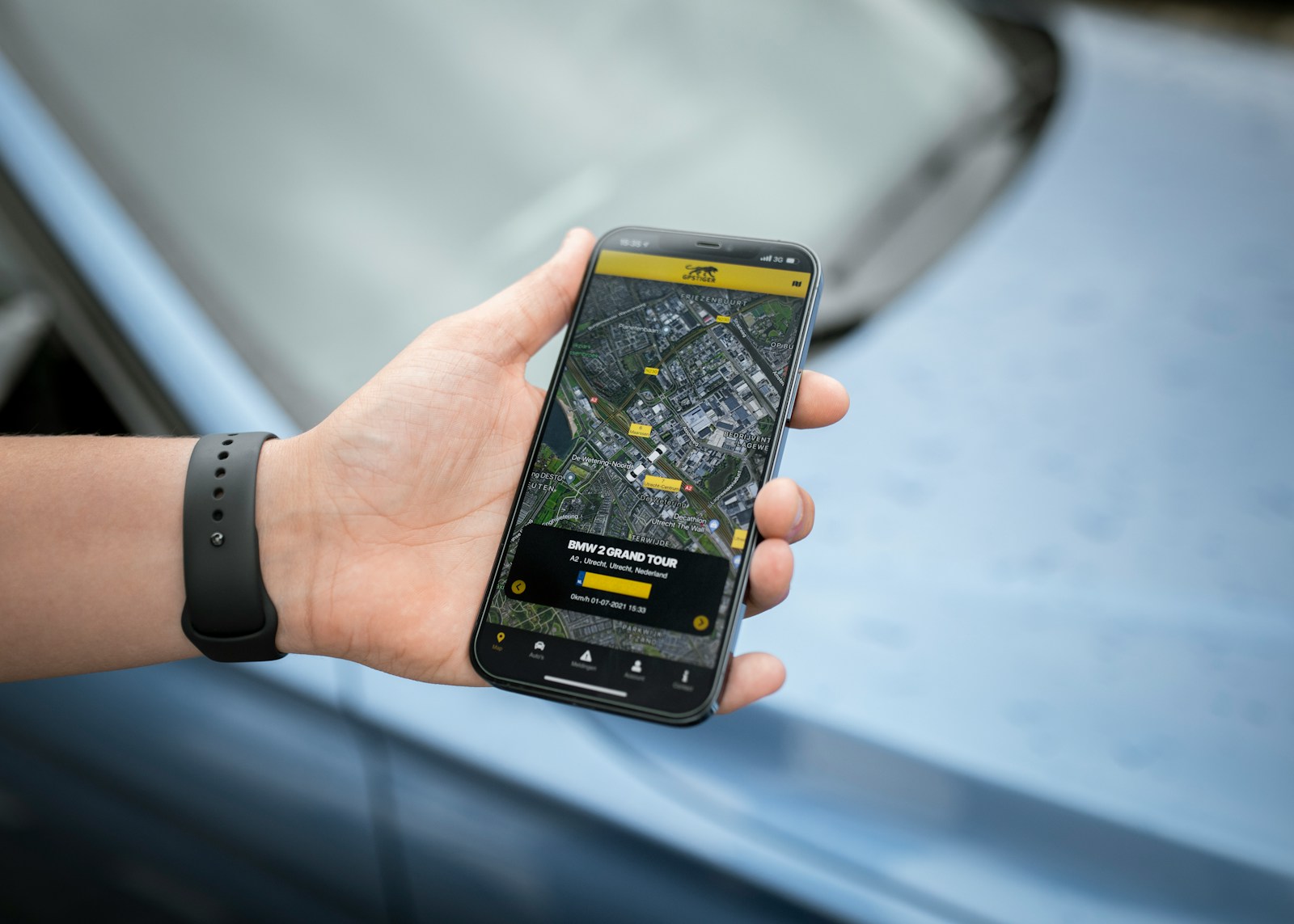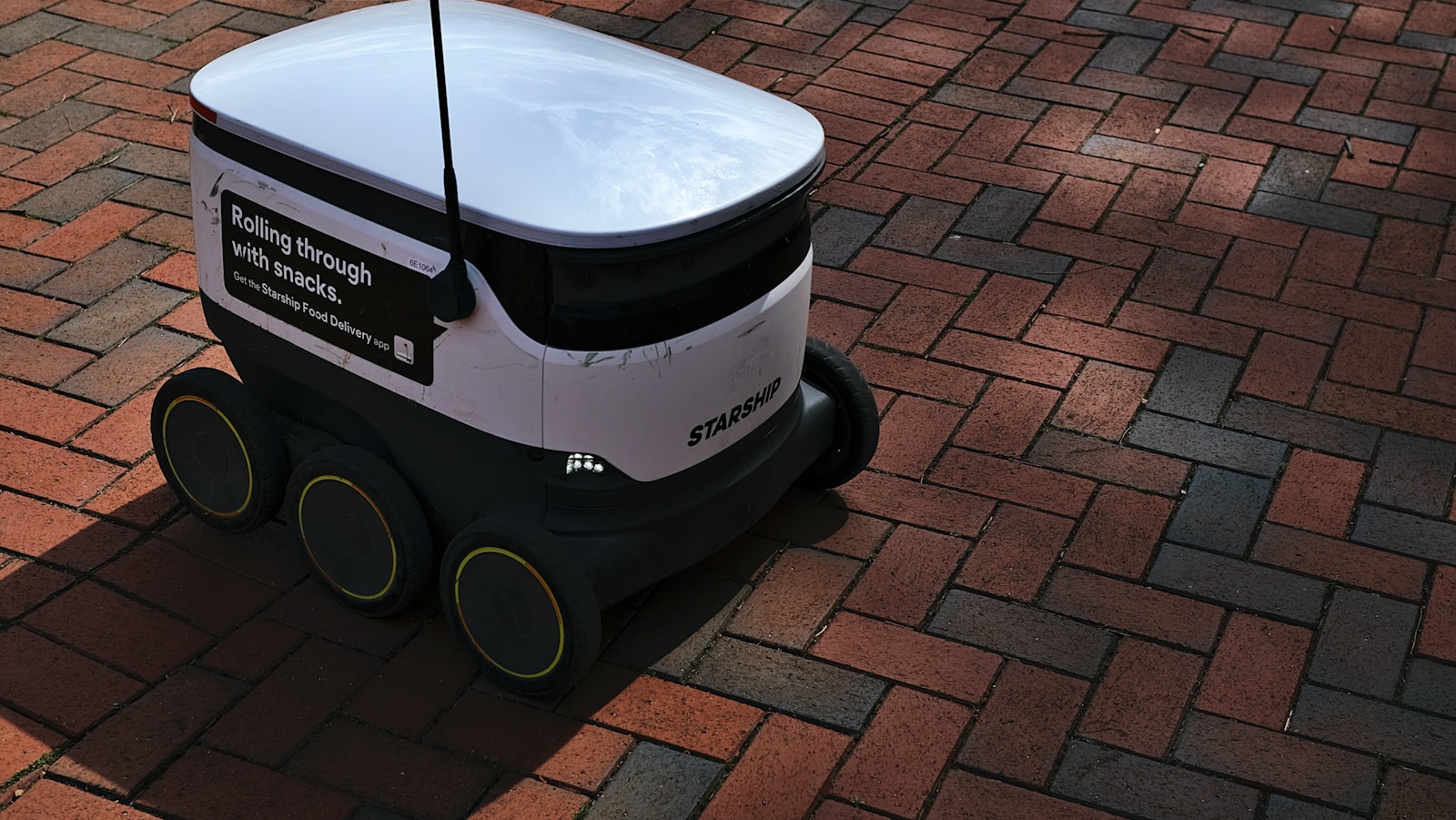The Transformative Impact of V2V Communication on Road Safety and Efficiency
Enhancing Collision Avoidance with V2V Communication
The integration of Vehicle-to-Vehicle (V2V) communication technology represents a significant advancement in enhancing road safety by improving collision avoidance mechanisms. This technology, especially in the dynamic environments of Saudi Arabia and the UAE, offers substantial benefits for reducing accidents and ensuring safer travel. V2V communication allows vehicles to share information about their speed, position, and trajectory in real-time, providing drivers and autonomous systems with the data needed to prevent collisions.
In cities like Riyadh and Dubai, where traffic density can be high, V2V communication can dramatically reduce the likelihood of accidents. By continuously transmitting data between vehicles, this technology enables early warnings about potential hazards. For instance, if a car suddenly brakes, V2V communication can instantly alert the vehicles following it, allowing for quicker reaction times and avoiding rear-end collisions. This proactive approach to collision avoidance is crucial in urban areas where traffic conditions can change rapidly.
Moreover, V2V communication supports advanced driver-assistance systems (ADAS), which rely on real-time data to function effectively. These systems can perform tasks such as automatic braking, lane-keeping assistance, and adaptive cruise control with greater precision when equipped with V2V technology. By providing a constant stream of data, V2V communication enhances the reliability and accuracy of these safety features, making roads safer for everyone. The adoption of such cutting-edge technologies in Saudi Arabia and the UAE highlights their commitment to leveraging innovation for public safety.
Improving Traffic Flow through Real-Time Data Exchange
The impact of V2V communication extends beyond collision avoidance to significantly improving traffic flow. Real-time data exchange between vehicles facilitates more efficient traffic management, reducing congestion and optimizing travel times. In regions like Saudi Arabia and the UAE, where urban development is rapid, the ability to maintain smooth traffic flow is essential for economic vitality and quality of life.
V2V communication allows vehicles to coordinate their movements, effectively functioning as a synchronized system. For example, cars can automatically adjust their speeds to maintain optimal distances from one another, preventing the stop-and-go traffic that often leads to congestion. In busy metropolitan areas like Riyadh and Dubai, this can lead to more fluid traffic patterns and shorter commute times, benefiting both individual drivers and public transportation systems.
Additionally, V2V technology enables more efficient use of existing road infrastructure. By dynamically adjusting to real-time conditions, vehicles can make better use of available road space and minimize bottlenecks. This is particularly beneficial in urban areas with limited capacity for expanding road networks. The ability to manage traffic more effectively through technology not only enhances the driving experience but also reduces fuel consumption and emissions, contributing to sustainability goals. This forward-thinking approach aligns with the ambitious urban planning initiatives in Saudi Arabia and the UAE.
Driving Business Success through Technological Innovation
The successful implementation of V2V communication technology requires effective leadership and strategic change management. Business executives, mid-level managers, and entrepreneurs must be equipped with the skills to navigate this technological transformation. Executive coaching services play a crucial role in preparing leaders to drive innovation and manage the complexities associated with integrating V2V technology into existing transportation systems.
Change management strategies are essential for ensuring a smooth transition to V2V-enabled transportation ecosystems. This involves comprehensive training programs, clear communication plans, and stakeholder engagement initiatives to address potential resistance and ensure alignment with organizational goals. In cities like Riyadh and Dubai, where public and private sectors often collaborate on large-scale infrastructure projects, coordinated change management efforts are critical for achieving successful outcomes.
Moreover, the integration of AI and Blockchain in V2V technologies opens new opportunities for business success and innovation. AI algorithms can analyze vast amounts of data generated by V2V systems to optimize traffic management and predict maintenance needs. Blockchain technology ensures secure and transparent data exchanges, fostering trust among stakeholders and passengers. By focusing on leadership development and strategic change management, Saudi Arabia and the UAE can maximize the benefits of V2V technologies and position themselves as pioneers in creating intelligent transportation ecosystems.
#V2VCommunication #CollisionAvoidance #TrafficFlow #AI #Blockchain #SaudiArabia #UAE #Riyadh #Dubai #ExecutiveCoaching #ChangeManagement #Leadership #ProjectManagement #BusinessSuccess #ManagementConsulting









